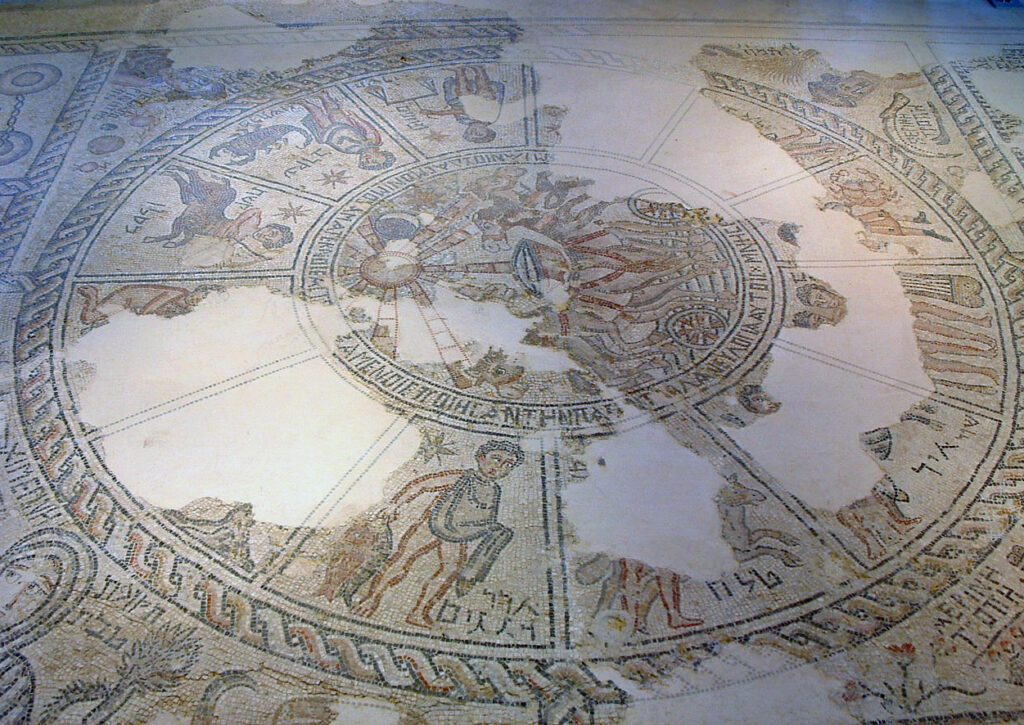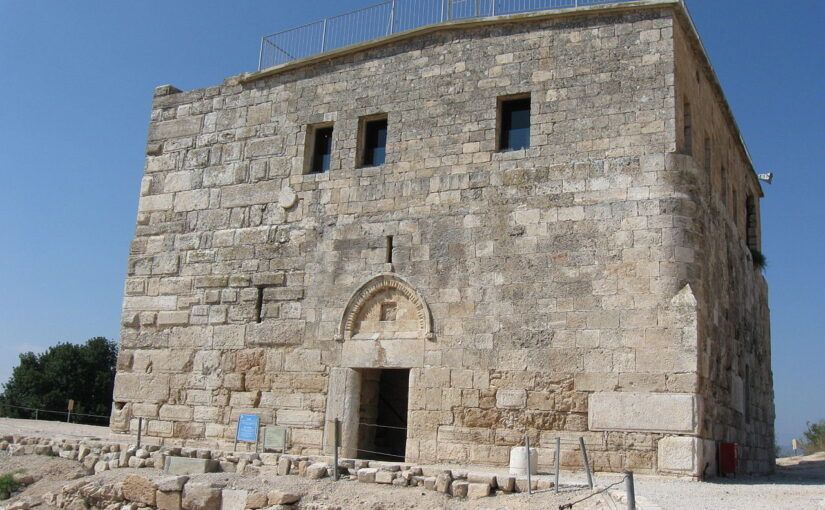In the heart of the Galilee, the land undulates in soft hills and valleys. Olive groves stretch across the slopes, interrupted by wildflowers and the occasional outcrop of ancient stone. The air is crisp and scented with pine, especially in the early morning when mist clings to the fields. Not far from Ma’alot-Tarshiha, a city known for its mix of communities and tranquil scenery, sits the site of Le Saforie, a place as rich in history as it is in natural beauty.
This land is alive with sunlight. Each dawn bathes the green hills in golden light, while evenings are often wrapped in a cool, violet haze. The site is tucked away from the noise of urban life, giving travelers the sense that time runs slow here. The countryside encourages lingering. Whether one is picking a path along rural trails or savoring a picnic under an old carob tree, the Galilee feels deeply rooted in both nature and memory.
From Sepphoris to Saforie: A Settlement Through the Ages
Le Saforie is better known in history as Sepphoris, a city whose story traces back long before the Crusaders. The ancient Greeks called it Sepphoris, and the Romans named it Diocaesarea, marking its status over centuries as a vital regional hub. Jewish families settled here after the Bar Kokhba revolt, turning it into a center for learning and community. Early Christian tradition even claims Sepphoris as the birthplace of Mary, the mother of Jesus. Archaeological finds, like synagogues, mosaics, and basilicas, testify to its layered heritage.
The Crusader era gave the site its current name. Knights of the Kingdom of Jerusalem recognized the strategic value of the hilltop. They constructed fortifications that would control the approaches to the broader Galilee. The Crusader fortress of Le Saforie rose over older Roman and Byzantine structures, both benefiting from and adding to the legacy of previous eras. Its position, elevated and commanding, provided wide views across the valleys. This was an essential trait for any medieval stronghold guarding trade routes, fields, and the movement of armies.

Knights, Nobles, and Competing Empires
Key figures of the Crusader world walked these roads. Chroniclers mention that the site became a staging ground for armies and a waypoint for traders. The fortress, though not as monumental as Acre or Belvoir, was crucial in linking the rural heartlands to the central authorities in Jerusalem and Acre. Archaeological investigations have uncovered both military and domestic quarters. These details hint at a life that mingled local farmers with foreign knights, creating a crossroads of cultures within the fortress walls.
Throughout its occupation, Le Saforie bore witness to shifting fortunes. Muslim forces, Mamluks, and later Ottoman rulers all fought for control of the site. Each left traces in the stones, adapting and rebuilding as strategic needs changed. The Crusader period, however, stands out for its fusion of European defensive architecture with regional materials and local craftsmanship.
Daily Life and Defense
Le Saforie’s fortress was more than a military bastion. It sat at the heart of a lively rural community. In times of peace, market days would have seen a bustle of activity: herders, weavers, and merchants all mingling near the walls. During conflict, the same walls guarded villagers from the threats that swept through the Galilee. Water cisterns, storerooms, and communal halls inside the palace complex offered security and sustenance, allowing the settlement to endure sieges and hardship.
The site’s architecture holds traces of its layered past. The square, two-story Crusader fortress, built with firing slits and thick walls, was later modified by the Ottomans in the nineteenth century. Archaeological digs have revealed even earlier elements, including Byzantine and Roman foundations beneath the main structure. This palimpsest of building styles encapsulates the community’s resilience and adaptability.
Legacy and Living Memory
Today, Le Saforie is best explored as part of Tzipori (Sepphoris) National Park. The park protects not only the Crusader ruins, but also a wealth of Jewish, Roman, and early Christian sites. Visitors can walk among mosaic floors that depict vibrant biblical stories, climb to the fortress roof for panoramic views, or stand quietly in churches that have weathered centuries of change. The rural landscape remains dotted with wild olive trees and rich birdlife, as it has for countless generations.
Le Saforie’s legacy is broad. It is a touchstone for scholars and travelers interested in the ways different cultures leave their mark on one landscape. The site’s mosaics and fortifications are studied worldwide, illustrating how Crusader architects adapted both Western and local techniques. Modern Israeli society, too, has made its imprint near these ruins, establishing new communities that continue to celebrate both tradition and coexistence.
Why Visit Le Saforie?
To visit Le Saforie is to step into a living narrative, where the past is etched in stone and the present is shaped by the rolling Galilean hills. It is a destination for anyone who wishes to feel the heartbeat of history, in the whisper of wind across ancient stones, in the play of sunlight over ruined towers, and in the harmony of nature and memory. The site rewards those willing to wander a little off the beaten track with moments of wonder and a sense of deep connection to an ever-evolving land.
Image by Ori~.
If our work has inspired you, helped you grow, or simply brought a little warmth to your day, consider supporting Thalysia.com with a small donation. Your contribution helps us continue exploring ancient landscapes, documenting local traditions, and celebrating the art of living well.
